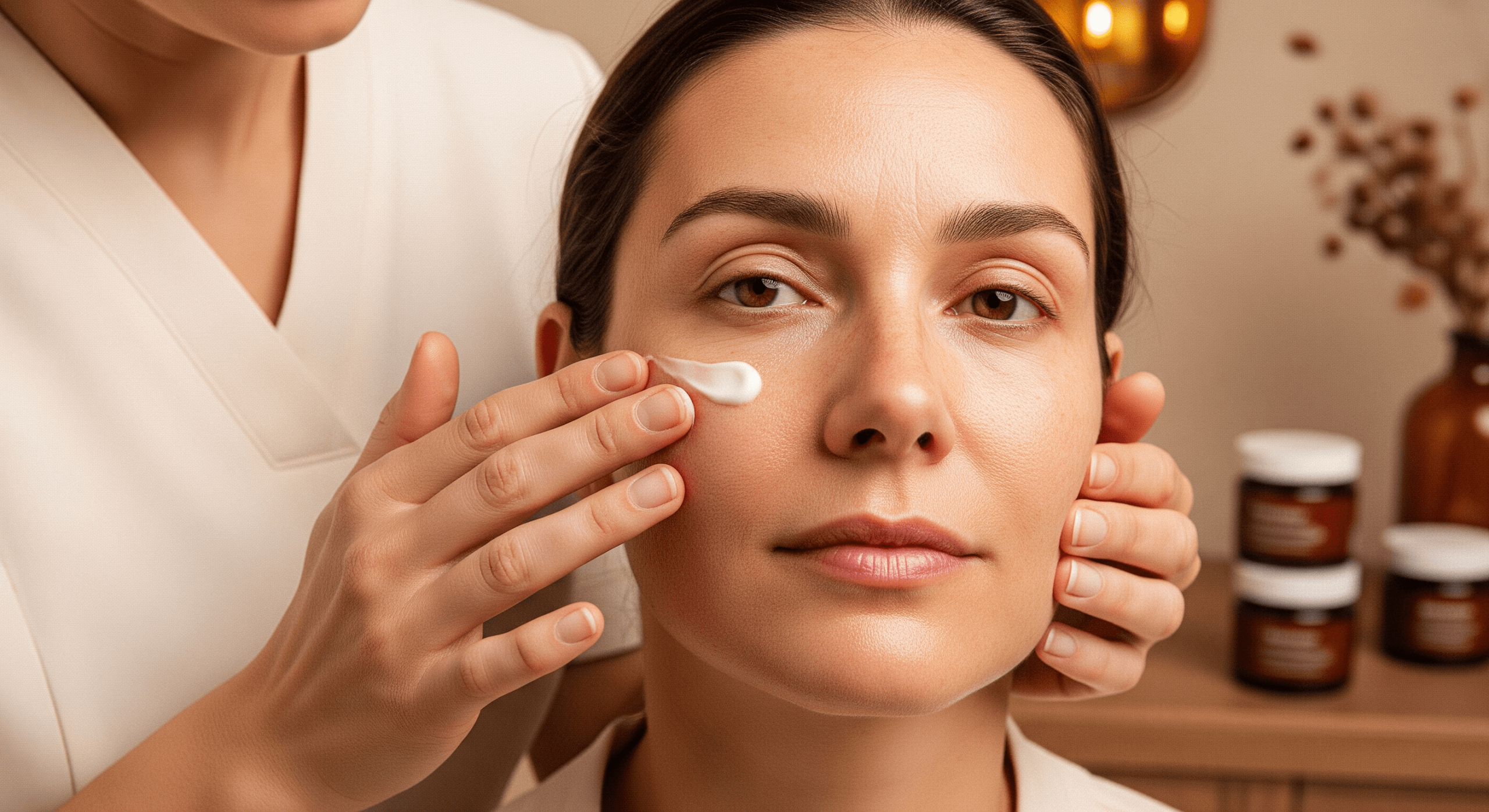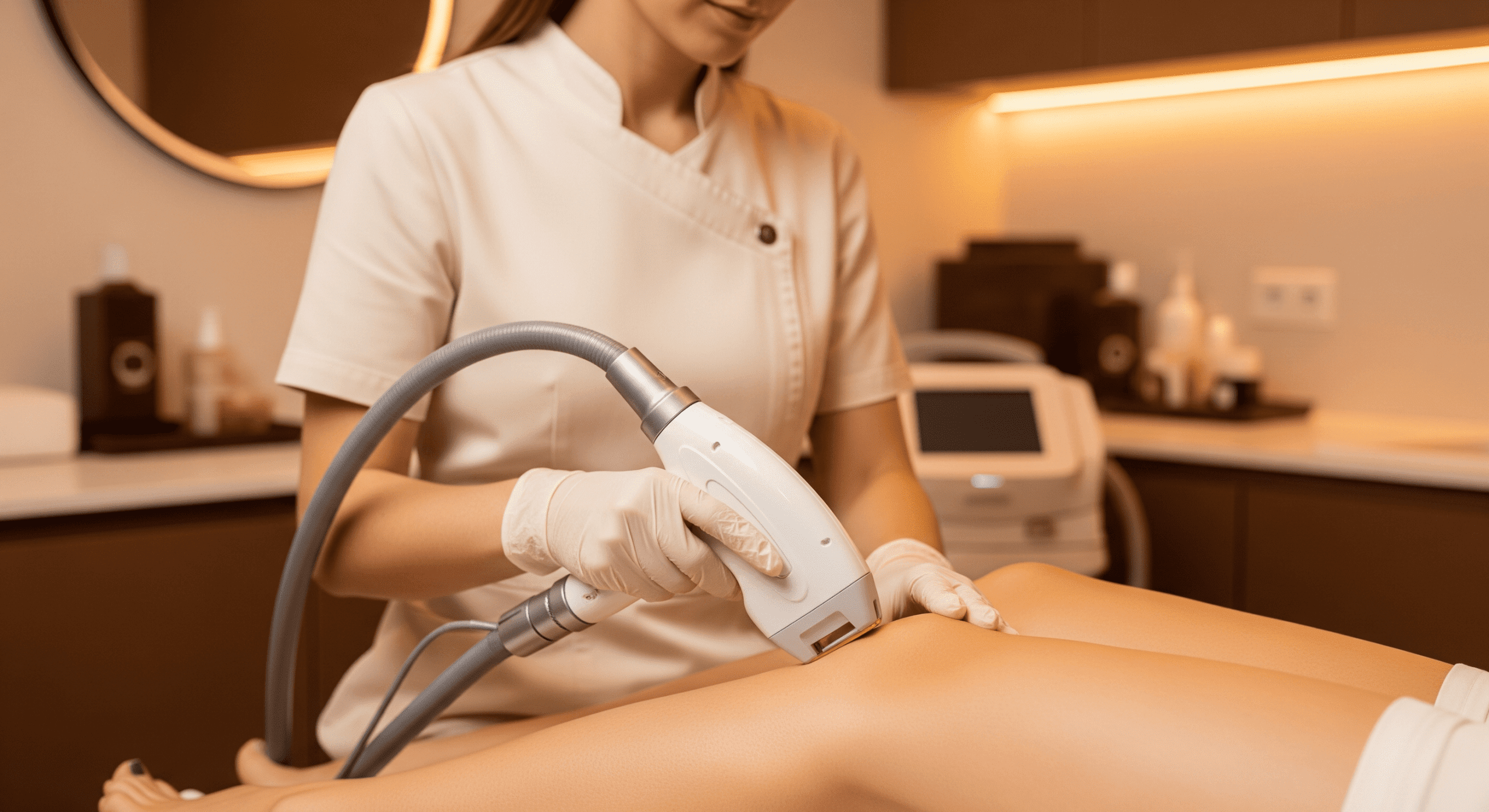As the seasons change, many clients begin to prioritize their laser treatments—whether for hair removal, skin rejuvenation, or pigmentation correction. Starting early in the laser season gives your skin ample time to heal and respond to multiple treatment sessions, ensuring the best possible outcomes. Understanding the timing and benefits of early intervention empowers you to plan strategically and avoid common pitfalls.
Jump to:
- Why Timing Matters for Laser Treatments
- Benefits of Early Laser Season Treatment
- How to Prepare for Laser Season
- Key Takeaways
- FAQs
TLDR – Quick Guide
- Laser treatments often require multiple sessions spaced weeks apart.
- Beginning treatments early—typically late winter to early spring—prepares your skin before peak sun exposure.
- Early starts reduce risks of pigmentation and enhance treatment effectiveness.
- Consistent scheduling prevents last-minute rushes and better manages skin recovery.
- Consult with your provider early to customize your laser treatment timeline.
Why Timing Matters for Laser Treatments
Laser procedures rely on controlled skin recovery and pigment targeting, which can be compromised by excessive sun exposure. Most providers recommend avoiding direct sun and tanning before and after treatments to prevent burns, hyperpigmentation, or irritation. By starting your treatments early in the season, your skin has a better chance to fully heal between sessions.
For hair removal, multiple sessions spaced 4–6 weeks apart are essential to target hair in different growth cycles. Starting early avoids the last-minute rush in summer and ensures smoother skin when swimsuit season arrives.
Benefits of Early Laser Season Treatment
- Optimal Healing Time: Skin requires weeks to recover and regenerate post-treatment. Early starts allow uninterrupted healing cycles.
- Improved Results: Less sun exposure before treatments means more effective pigment targeting and reduced complications.
- Flexibility: Starting early spreads treatments over time, allowing adjustments for skin response.
- Prevention of Pigment Issues: Avoiding treatments during intense sun months decreases risk of dark spots or discoloration.
- Confidence Boost: Early treatments mean you’ll look and feel your best when outdoor and social activities ramp up.
How to Prepare for Laser Season
Begin with a consultation to evaluate your skin type, concerns, and ideal treatment schedule. Follow pre-treatment guidelines strictly—typically avoiding sun exposure and certain skincare products.
Commit to wearing broad-spectrum sunscreen daily and consider protective clothing and hats. Post-treatment, adhere to aftercare instructions carefully, avoiding heat, sweating, and sun exposure to prevent irritation.
Maintain open communication with your provider to adjust your plan based on your skin’s healing and results.
Key Takeaways
- Laser treatments require multiple sessions with healing time; starting early maximizes success.
- Early seasonal treatment minimizes sun-related risks and improves safety.
- Proper pre- and post-care enhances results and reduces complications.
- Planning ahead ensures your skin is ready for summer and special occasions.
- Consult professionals early to develop a customized laser treatment plan.
FAQs
1. When is the best time to start laser treatments?
Late winter to early spring is ideal to complete sessions before peak sun exposure.
2. How many sessions are typically needed?
Most laser treatments require 3–6 sessions spaced 4–6 weeks apart, depending on the treatment and area.
3. Can I do laser treatments year-round?
Yes, but extra precautions are needed during sunnier months to avoid complications.
4. What happens if I get sun exposure before or after treatment?
Sun exposure can increase the risk of burns, hyperpigmentation, and reduce treatment effectiveness.
5. Are there different lasers for different skin types?
Yes, your provider will recommend the safest and most effective laser based on your skin tone and concerns.


